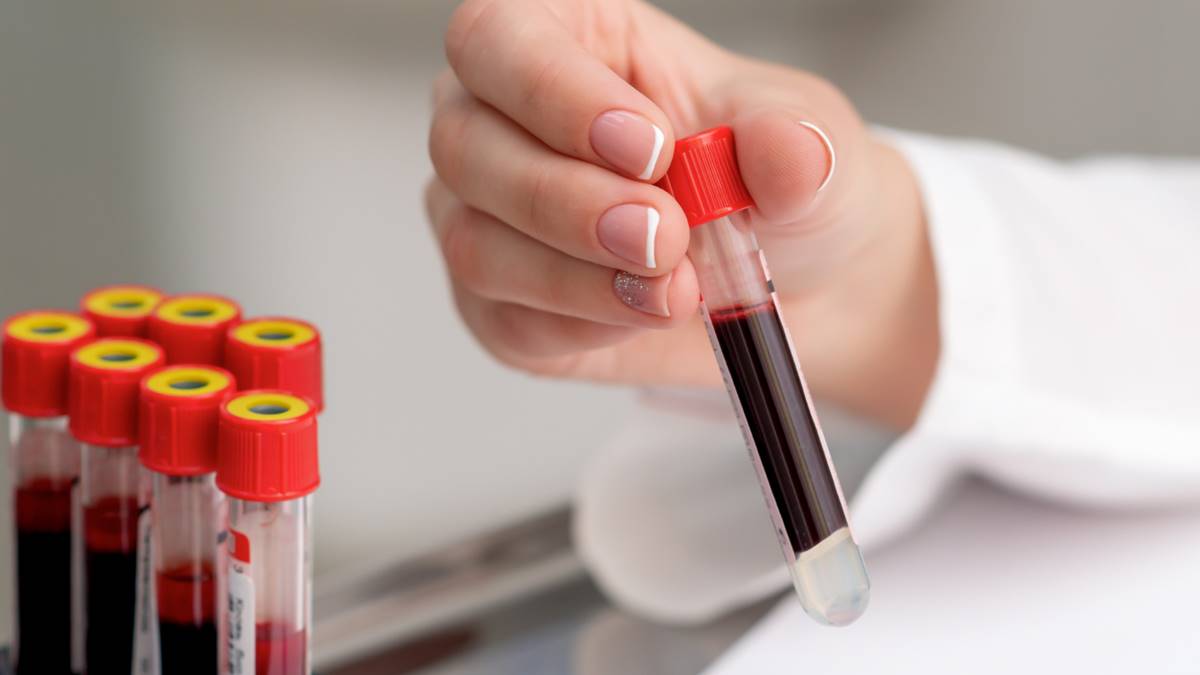Ferritin is a protein that plays a crucial role in storing and releasing iron in the body. It acts as a buffer, ensuring that iron is available when needed while also preventing excess free iron from causing harm. When ferritin levels are too high, it often signals an underlying health issue that requires attention. Elevated ferritin is not a disease on its own but rather an indicator of various possible conditions, ranging from inflammation to more serious chronic illnesses.
Understanding the causes, consequences, and treatment of high ferritin is essential for maintaining good health and preventing long-term complications.
What is ferritin?
Ferritin is found mainly in the liver, spleen, bone marrow, and to a lesser extent in the blood. It binds to iron molecules and keeps them in a safe, soluble form. Doctors measure ferritin levels in the blood to assess iron stores.
Normal ferritin ranges vary depending on age and gender but typically fall between:
-
30–300 ng/mL for men
-
20–200 ng/mL for women
Values outside this range can point to deficiencies or excesses that require medical evaluation.
Causes of high ferritin levels
Several conditions and lifestyle factors can cause elevated ferritin:
-
Iron overload disorders
-
Hereditary hemochromatosis is one of the most common causes. This genetic condition leads to the body absorbing too much iron from food. Over time, excess iron accumulates in organs, causing damage.
-
-
Chronic inflammation
-
Ferritin is an acute-phase reactant, meaning its levels rise during inflammation or infection. Chronic conditions such as rheumatoid arthritis or inflammatory bowel disease may therefore increase ferritin even without iron overload.
-
-
Liver disease
-
The liver is central to iron metabolism. Conditions like hepatitis, fatty liver disease, or cirrhosis can elevate ferritin due to both liver damage and iron accumulation.
-
-
Metabolic syndrome
-
Obesity, insulin resistance, and type 2 diabetes are associated with higher ferritin levels, often reflecting both inflammation and altered iron metabolism.
-
-
Alcohol consumption
-
Excessive drinking can damage the liver and contribute to higher ferritin.
-
-
Certain cancers
-
Some malignancies, particularly blood-related cancers, can increase ferritin as part of the body’s abnormal response.
-
Potential consequences of elevated ferritin
Persistently high ferritin levels can have serious consequences if left untreated. The risks depend on whether the cause is iron overload or another underlying condition:
-
Organ damage: Excess iron can deposit in the liver, heart, and pancreas, leading to cirrhosis, heart disease, or diabetes.
-
Joint problems: Iron accumulation in joints may cause arthritis-like symptoms.
-
Fatigue and weakness: High ferritin can correlate with inflammation, leading to chronic tiredness.
-
Increased infection risk: Excess iron can fuel the growth of certain pathogens.
Addressing elevated ferritin early is vital to avoid irreversible complications.
How high ferritin is diagnosed
Diagnosis typically begins with a blood test measuring ferritin concentration. If levels are elevated, doctors often order additional tests such as:
-
Serum iron and transferrin saturation (to evaluate iron status).
-
Liver function tests (to check for liver damage).
-
Genetic testing for hereditary hemochromatosis.
-
Imaging studies (MRI) to measure iron in organs.
By combining these results, physicians can identify whether the cause is iron overload or another health condition.
Treatment options for high ferritin
Treatment depends on the underlying cause:
-
Phlebotomy (therapeutic blood removal)
-
For hereditary hemochromatosis, the standard treatment is regular phlebotomy, similar to donating blood. This reduces iron levels and prevents organ damage.
-
-
Chelation therapy
-
In cases where phlebotomy is not possible, iron-chelating medications bind excess iron so it can be excreted.
-
-
Managing underlying conditions
-
Treating liver disease, infections, or inflammatory disorders can normalize ferritin levels.
-
Lifestyle changes such as weight loss, improved diet, and reducing alcohol intake may also help.
-
-
Dietary adjustments
-
Limiting iron-rich foods and avoiding unnecessary iron supplements can support treatment, though dietary changes alone are usually insufficient for significant overload.
-
Lifestyle and monitoring
Patients with high ferritin often benefit from regular monitoring of iron levels and liver function. Lifestyle strategies include:
-
Maintaining a balanced diet low in excess iron.
-
Reducing alcohol consumption.
-
Staying physically active to support metabolic health.
-
Following medical advice consistently to prevent progression of complications.
When to seek medical advice
Mildly elevated ferritin does not always indicate a serious problem, but persistent or very high levels should never be ignored. Anyone with symptoms such as fatigue, joint pain, abdominal discomfort, or a family history of iron-related conditions should consult a doctor.
Early detection and treatment are crucial. Left unchecked, iron overload and related conditions can cause permanent damage to vital organs.
Final thoughts
Ferritin is more than just a marker of iron storage—it is a window into the body’s overall health. High ferritin levels often signal underlying conditions that require careful evaluation and targeted treatment. By addressing the root cause and following medical advice, patients can prevent long-term complications and restore balance.
For more insights into health and medical topics, napivizit.hu provides accessible and reliable information. Their article on high ferritin, its causes, consequences, and treatment offers a clear and practical overview: https://napivizit.hu/ferritin-magas-okok-kovetkezmenyek-es-kezeles/
